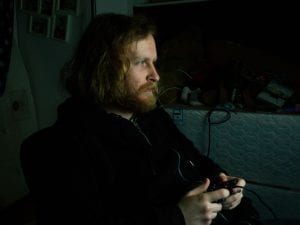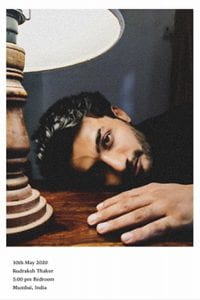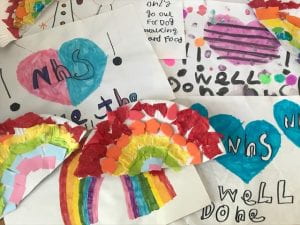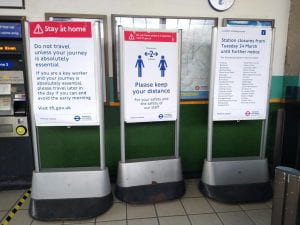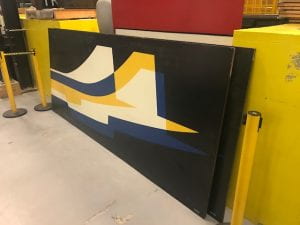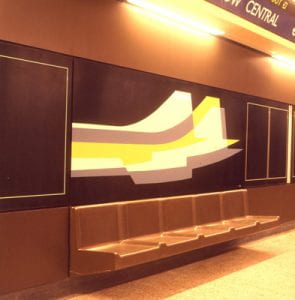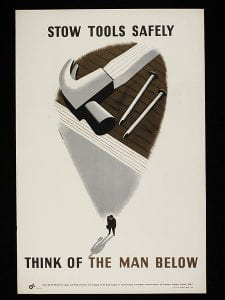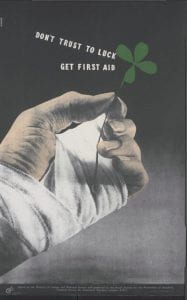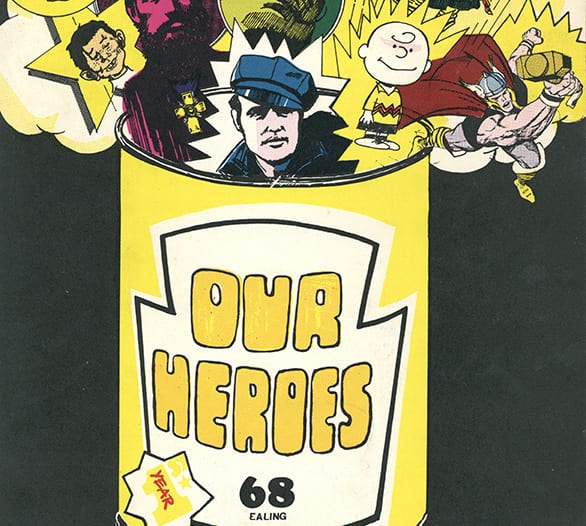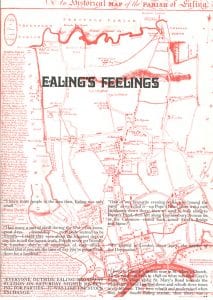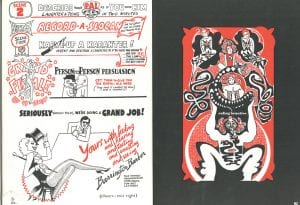 During lockdown we all had to find new and innovative ways to continue working and studying. Like many students of visual arts disciplines, the students of BA Photography and BA Visual Effects at UWL suddenly found themselves having to rethink their assignment ideas to fit the environment they found themselves restricted to. They created interesting perceptions of everyday life in lockdown. With limited in-person contact with the outside world due to restrictions, the inside of the domestic home became the new backdrop and family members were now the subjects of portraits, creating beautiful images of life during a pandemic. These works are displayed as part of Exposure 2020 which is the online degree show for BA Photography and BA Visual Effects consisting of a website and a 3D virtual exhibition space. The show was also featured as the main event in the Artsfest for LSFMD in 2020.
During lockdown we all had to find new and innovative ways to continue working and studying. Like many students of visual arts disciplines, the students of BA Photography and BA Visual Effects at UWL suddenly found themselves having to rethink their assignment ideas to fit the environment they found themselves restricted to. They created interesting perceptions of everyday life in lockdown. With limited in-person contact with the outside world due to restrictions, the inside of the domestic home became the new backdrop and family members were now the subjects of portraits, creating beautiful images of life during a pandemic. These works are displayed as part of Exposure 2020 which is the online degree show for BA Photography and BA Visual Effects consisting of a website and a 3D virtual exhibition space. The show was also featured as the main event in the Artsfest for LSFMD in 2020.
https://www.exposure2020.co.uk/.
Katie comes from a fine art background, with an interest in fine art photography, documentary photography and street photography. Her aim is to work further in photojournalism, and document people’s lives and tell their stories. In the future she hopes to change people’s mindsets through her work, and introduce them to circumstances they may not be aware of otherwise.
Puja Bhatia – ‘Miles Away’
This series was made by Puja from her apartment in Dubai. Using video calling, she was able to communicate and collaborate with friends in different cities across the world, planning outfits, poses, and lighting together. The collaborations were often playful, with friends dressing up and repurposing different parts of their homes as a backdrop. The settings were chosen as a place where the sitter could be calm in the face of a global pandemic. The series plays with the challenge of art directing a photoshoot, usually a hands-on process, at a distance. The series shows how a degree of closeness and friendship can be maintained using technology.
Puja grew up outside Mumbai, India. She later moved to Saudi Arabia and lived there for almost 10 years before settling in Dubai. Photography was a family legacy, from her grandfather, to her mother and her sisters. They created a spectacular family album. Puja enjoys taking fashion, advertising, portraiture and documentary based photography. She loves creating series-based projects and collaborating with other artists.
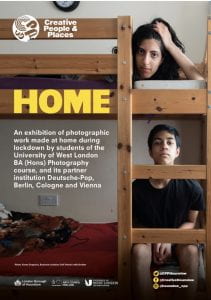 Creative People and Places Hounslow Visual Arts Programme created ‘Home’, an exhibition of work by ten students on the BA (Hons) Photography course at the University of West London, based in Ealing, and its partner institution Deutsche-Pop, based in Germany and Austria. The exhibition includes the works shown above by Katie and Puja, as well as many other talented students including Daniela Torres with Isolation in Dark Times; James Murray with My Family During Quarantine; Marta Woźniak with Home 2020; Martyna Taraszkiewicz with Deteriorate; and Keren Sequeira Bedroom Isolation Self Portrait with Brother (shown here in exhibition poster).
Creative People and Places Hounslow Visual Arts Programme created ‘Home’, an exhibition of work by ten students on the BA (Hons) Photography course at the University of West London, based in Ealing, and its partner institution Deutsche-Pop, based in Germany and Austria. The exhibition includes the works shown above by Katie and Puja, as well as many other talented students including Daniela Torres with Isolation in Dark Times; James Murray with My Family During Quarantine; Marta Woźniak with Home 2020; Martyna Taraszkiewicz with Deteriorate; and Keren Sequeira Bedroom Isolation Self Portrait with Brother (shown here in exhibition poster).
Paul Lohneis, Head of the London School of Film, Media and Design, said: “As home has become the space where we work, socialise and learn during lockdown, it can also inspire new creative outputs. This exhibition offers a fascinating insight into the everyday life, feelings, and hopes of our students as they explore their own lives as artists within our community.”
The exhibition is available online at hounslowvisualarts.org.uk and the collection will also join a touring exhibition within Hounslow Libraries.
Jan Lennox, Director, Watermans and Creative People and Places Hounslow, said: “Watermans is delighted to form this exciting collaboration with UWL through our Creative People and Places Hounslow programme. Our programme is about getting our local communities engaged with high quality arts and we hope that people in Hounslow and beyond will see this fantastic work by talented students living in their community – and perhaps are inspired to create their own lockdown images.”
https://www.uwl.ac.uk/news-events/news/students-snapshot-lockdown-life-hounslow-visual-arts

